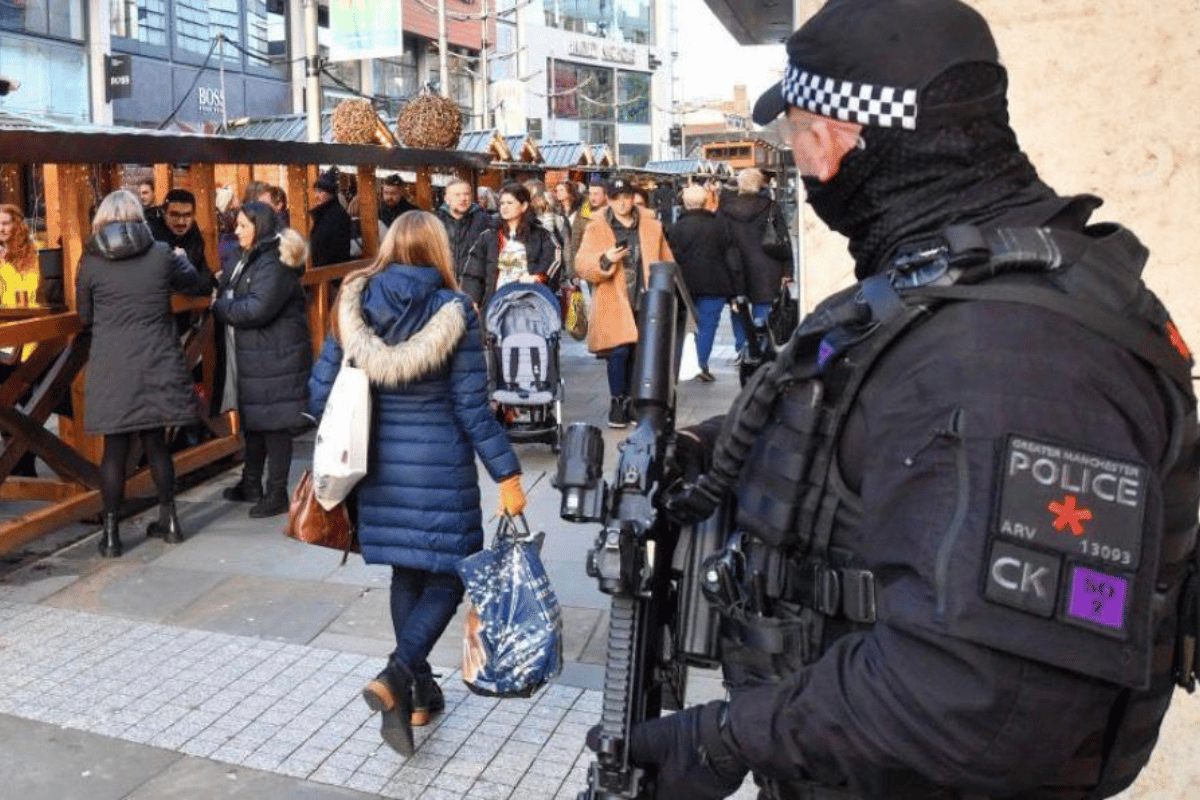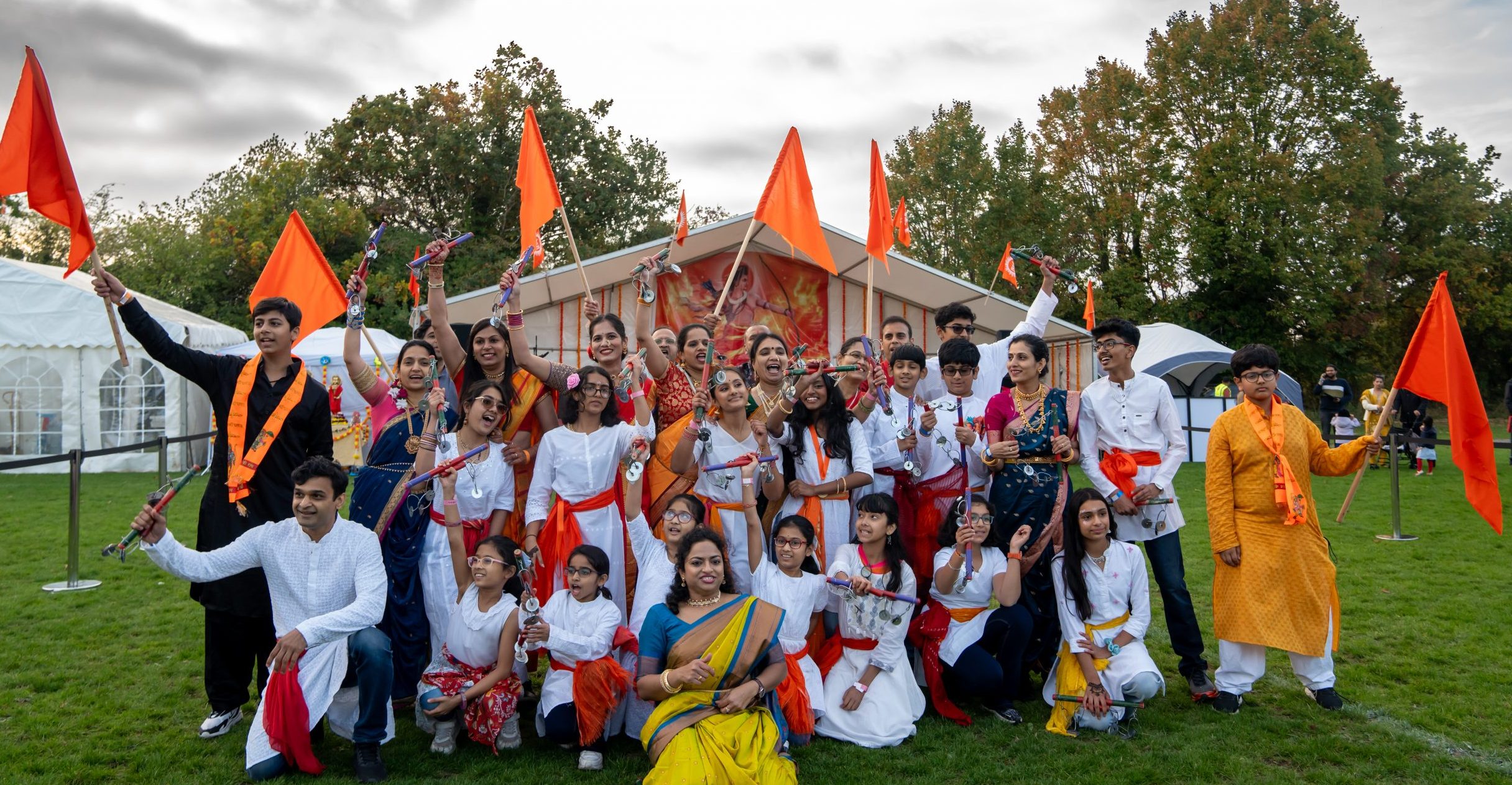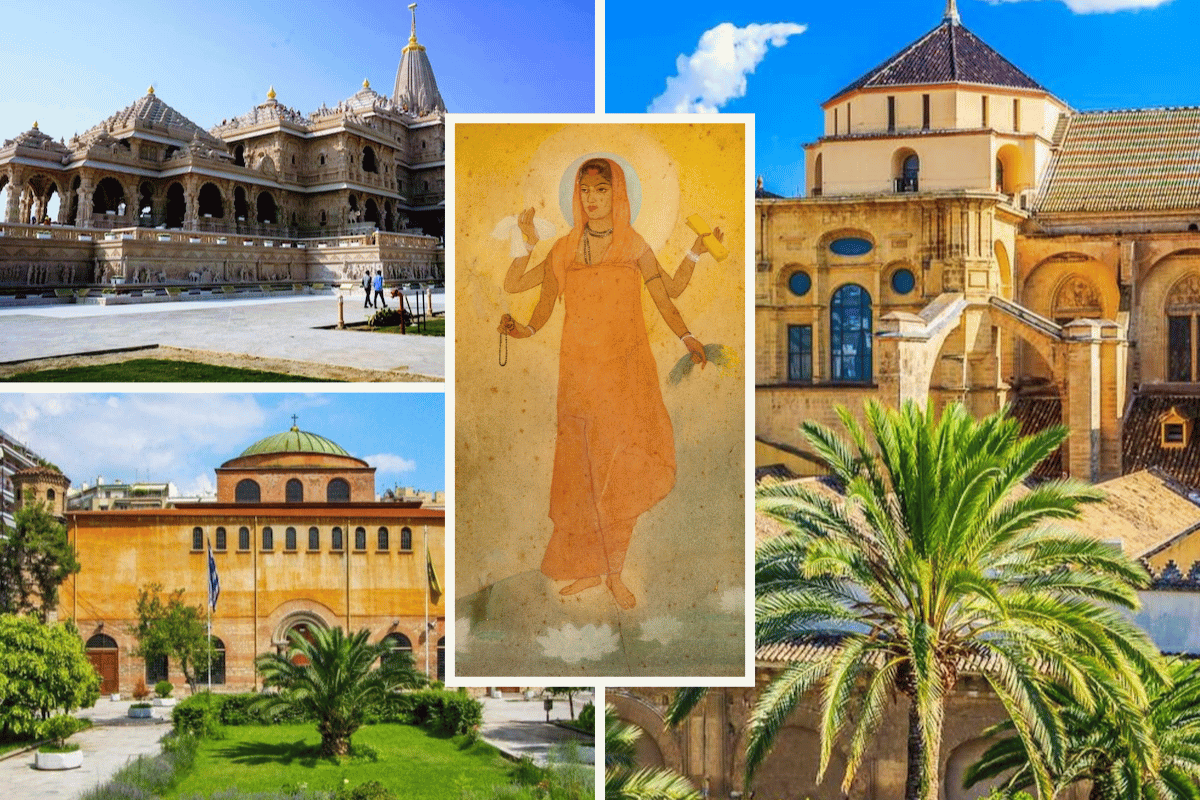
The holy city of Ayodhyā in Uttar Pradesh is the birthplace of Shri Rām. The history of this city and the Shri Rām Janmabhoomi Mandir (temple) goes back thousands of years.
The first temple honouring Shri Rām was built by Shri Rām’s son Kush thousands of years ago. The ancient temple was restored and renovated by emperor Vikramaditya after defeating the invading Shakas sometime between the first century BCE and 120 CE.
Fast forward to the year 1528 CE, the Mughal empire era ruled by Zahīr ud-Dīn Muhammad, also known as Babur. Babur was from Uzbekistan and was a descendant of Timur and Genghiz Khan.
Wishing to spread Islam and expand his newly established Mughal empire into Bhārat (India), Babur sent an army led by Mir Baqi to invade Ayodhyā. A Hindu King (believed to be Mahtab Singh of Bhiti) received the news of an imminent attack on Ayodhyā and moved his 174,000 soldiers towards Ayodhyā to face the 450,000-strong Mughal army. A fierce battle took place which is believed to have lasted days, but the vast Mughal army defeated the smaller quantity of the Hindu forces, killing thousands of Hindus who stood in their way. After invading Ayodhyā, Mir Baqi destroyed the Shri Rām Janmabhoomi mandir (temple) and built an illegal stricture in its place dedicated to emperor Babur. The illegal structure was identified as a Masjid (mosque), which it never was used as such. The structure was never used for worship. It was a structure built to honour the foreign invader Babur.
In the late 1500s, Hindus started to worship around the Rām Janmabhoomi site as a way of resistance against the Mughal invaders. However, in the 1600s during the rule of the tyrant and fanatic Aurangzeb, Hindu worship at the site was banned. Hindus refused to accept the ban and continued to worship there.
Aurangzeb sent 50,000 soldiers with Sayad Hasan Ali Khan to take control of Ayodhyā and Rām Janmabhoomi. Standing in the way was a smaller Hindu force of 10,000 men, including sadhus (monks), led by Vaishnavdās, a disciple of Samarth Rāmdās. The battle went on for 7 days, however, the Hindus were eventually defeated.
Hindus regrouped and joined forces with Guru Govind Singh ji. Together they defeated the Mughal army and freed Ayodhyā and Rām Janmabhoomi.
It is said that 76 small and large battles have been fought for Ayodhyā Rām Janmabhoomi in which control of the site swung regularly between Hindus and the invaders.
The illegal structure that was built by foreign invaders, after destroying the sacred temple at the birthplace of Shri Rāma to insult India and the Hindu people, was destroyed on the 6th of December 1992.
Finally, in November 2019, Ayodhyā Rām Janmabhoomi was rightfully and lawfully handed back to the Hindus by the judgement of the Supreme Court of India.
Construction of the first phase of the temple is almost complete and there will soon be a grand temple once again honouring Shri Rām.









